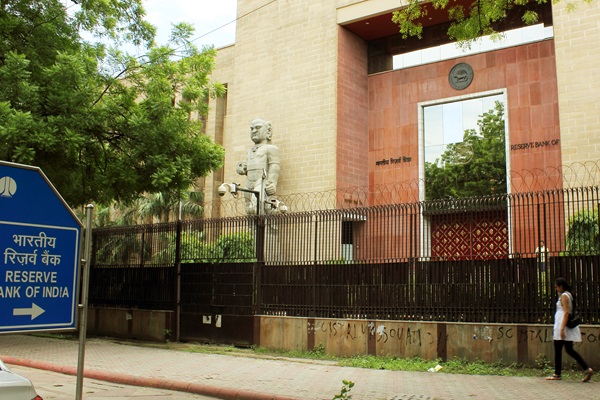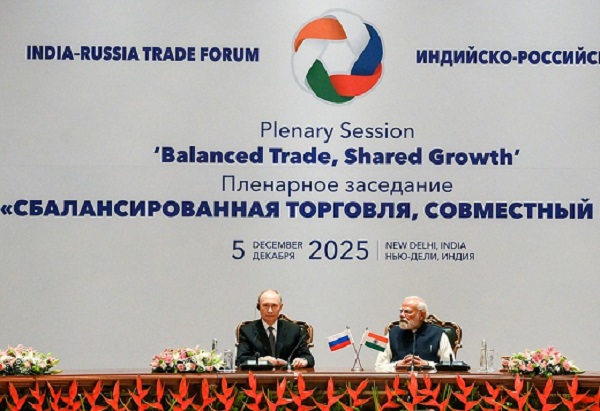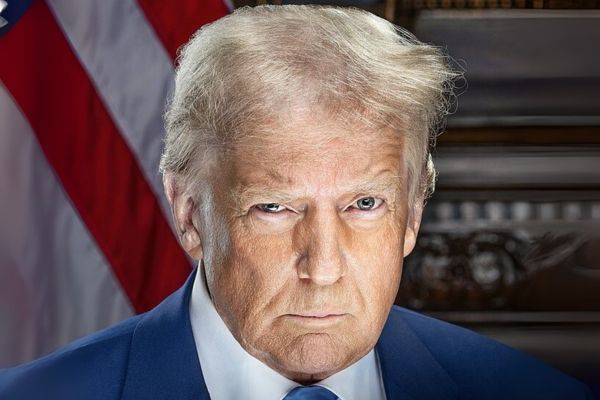.png)

Groupthink is the House View of BasisPoint’s in-house columnists.
July 31, 2025 at 3:44 AM IST
Why does the Reserve Bank of India conduct FX swaps? Are they designed to ease rupee liquidity or stabilise exchange rate volatility? In theory, both objectives matter. In practice, they have increasingly served as a quiet tool to shore up reserves. That question is now central to the $5 billion dollar-rupee swap maturing in early August, one of the most closely watched liquidity events this quarter. Should the RBI follow the market script and deliver dollars to banks, or rethink its stance in light of shifting external risks?
The case for delivery is straightforward. Liquidity is abundant, with the banking system swinging from a deficit of ₹3.2 trillion in January to a surplus of over ₹4.2 trillion by July. This shift owes much to earlier swap operations, gilt buybacks and open-market purchases by the RBI, compounded by government spending flows. Even after a $5 billion delivery withdraws roughly ₹430 billion, liquidity remains well above neutral. A phased 100-basis-point Cash Reserve Ratio cut scheduled from September to November will add another ₹2.5 trillion, cushioning any short-term impact.
Markets have priced for delivery. Reversing course could invite misinterpretation, with traders reading a rollover as concern about rupee stability. Such signalling risk matters: a sudden perception of unease could unsettle trade-related flows and embolden speculative positioning. Delivery also reinforces the RBI’s credibility that liquidity management is distinct from currency defence. From a reserves perspective, $5 billion is hardly material when India sits on a near-record $695 billion stockpile. Even accounting for the $60 billion forward book, with roughly two-thirds in short tenors, the central bank retains ample firepower to meet external
obligations or intervene in the market if needed.
Yet the contrarian argument is as forceful. The external environment has shifted dramatically since February. India’s trade talks with the United States remain stalled. President Donald Trump has threatened sweeping 25% tariffs on Indian exports, and the spectre of secondary sanctions on Indian energy companies adds to the vulnerability. Export momentum is already weakening, foreign portfolio inflows have moderated and net FDI has turned negative. The risk is not of a widening current account deficit, but of more constrained funding as global capital turns cautious.
This is where reserves assume greater strategic importance. The cumulative impact of unwinding multiple short-tenor swaps could erode buffers faster than one $5 billion delivery suggests. Rolling over part of the forward book extends optionality, allowing the RBI to deploy reserves more judiciously if oil prices spike or trade tensions flare. Liquidity, by contrast, is far easier to fine-tune using variable rate repos, reverse repos and outright OMOs. Some of the upcoming CRR cuts were pre-emptive, anticipating precisely this drawdown. In an environment where the central bank is front-loading rate cuts and keeping policy accommodative (irrespective of the stated stance), allowing liquidity to slosh around is the less risky option.
There is also a subtler signalling dimension. Always delivering swaps hardens perceptions that these operations are purely liquidity tools. Yet their increasing use for reserve accumulation argues for more flexibility. A quiet, partial rollover strategy preserves this optionality without jolting market expectations. It lets the RBI balance confidence in domestic liquidity management with prudence on external buffers.
The most sensible course may be calibrated rather than binary. Some forwards can mature, satisfying market positioning and showing continuity. Others can be rolled over discreetly, incrementally strengthening reserves in the background. This hybrid approach recognises that in today’s setting, reserves are the scarcer strategic resource. The lesson from the taper tantrum a decade ago was that shocks seldom announce themselves. With a Trump tantrum looming on trade, bracing with stronger buffers may prove just as prudent.




